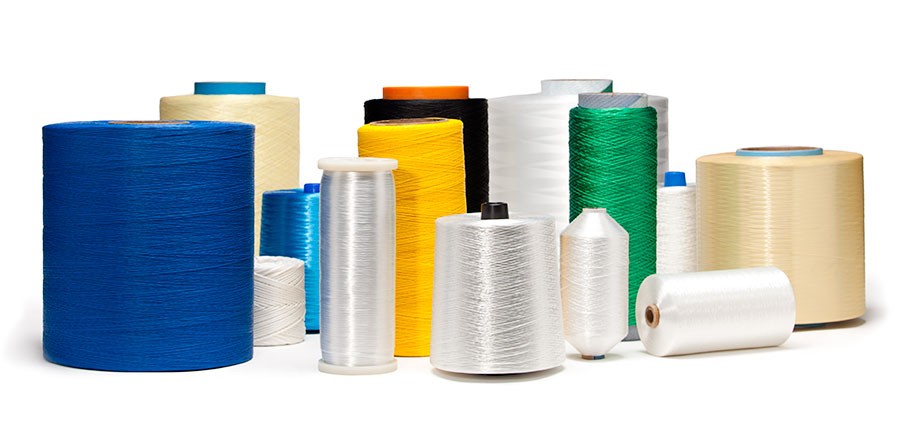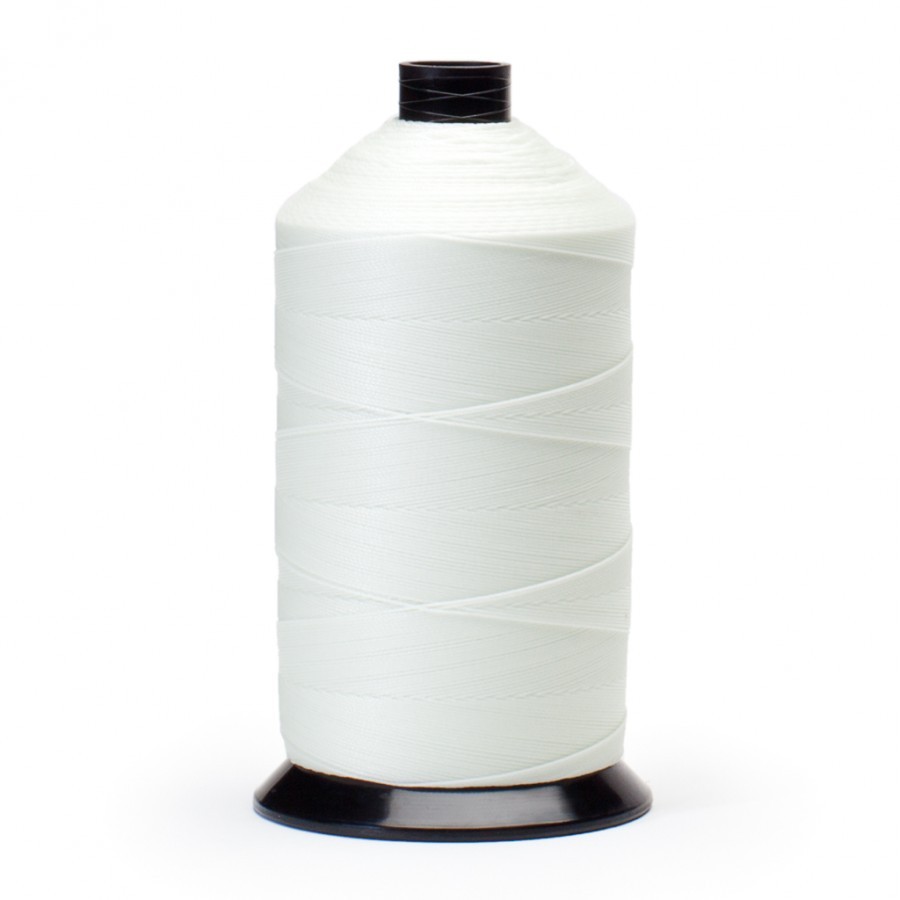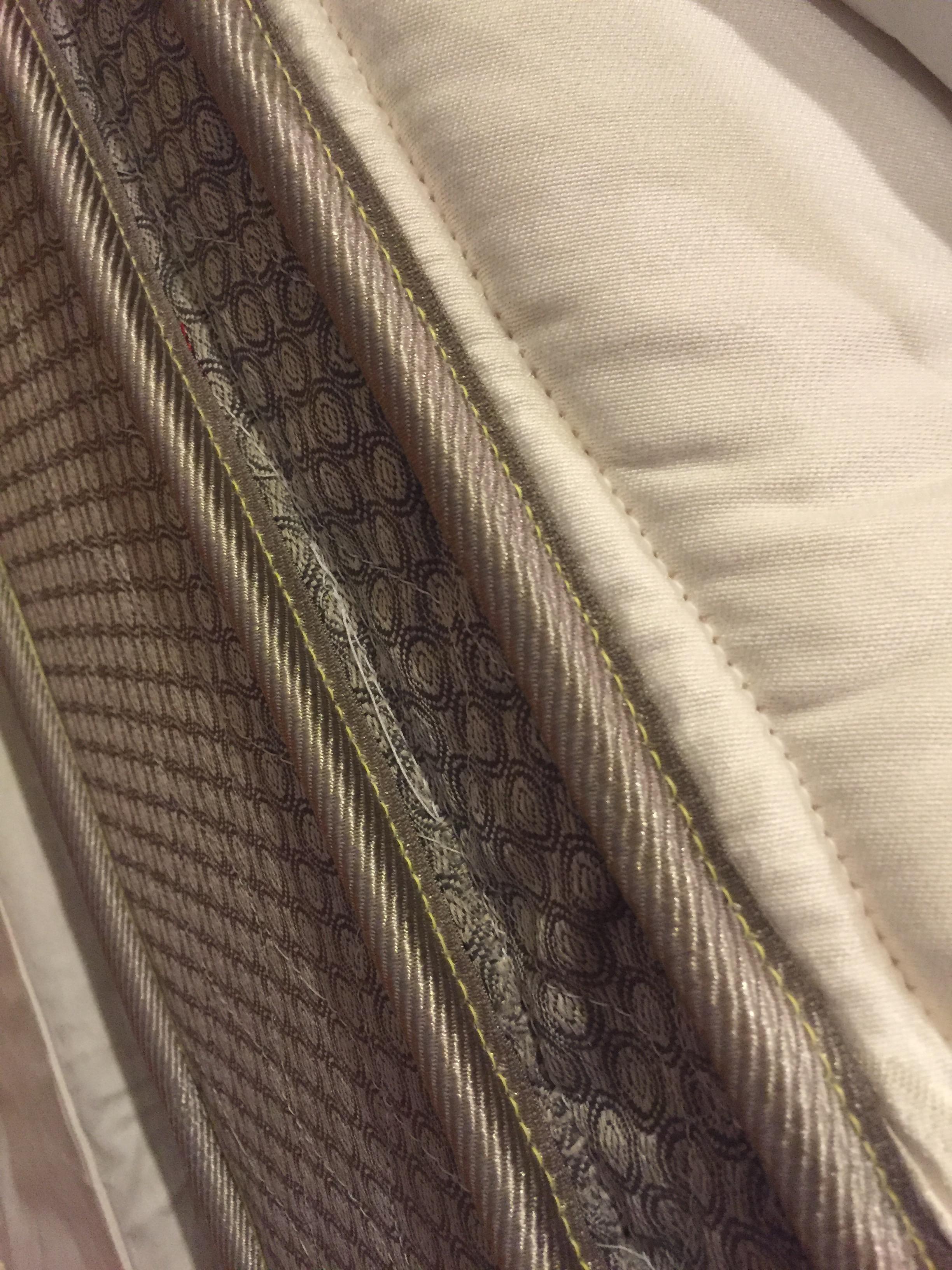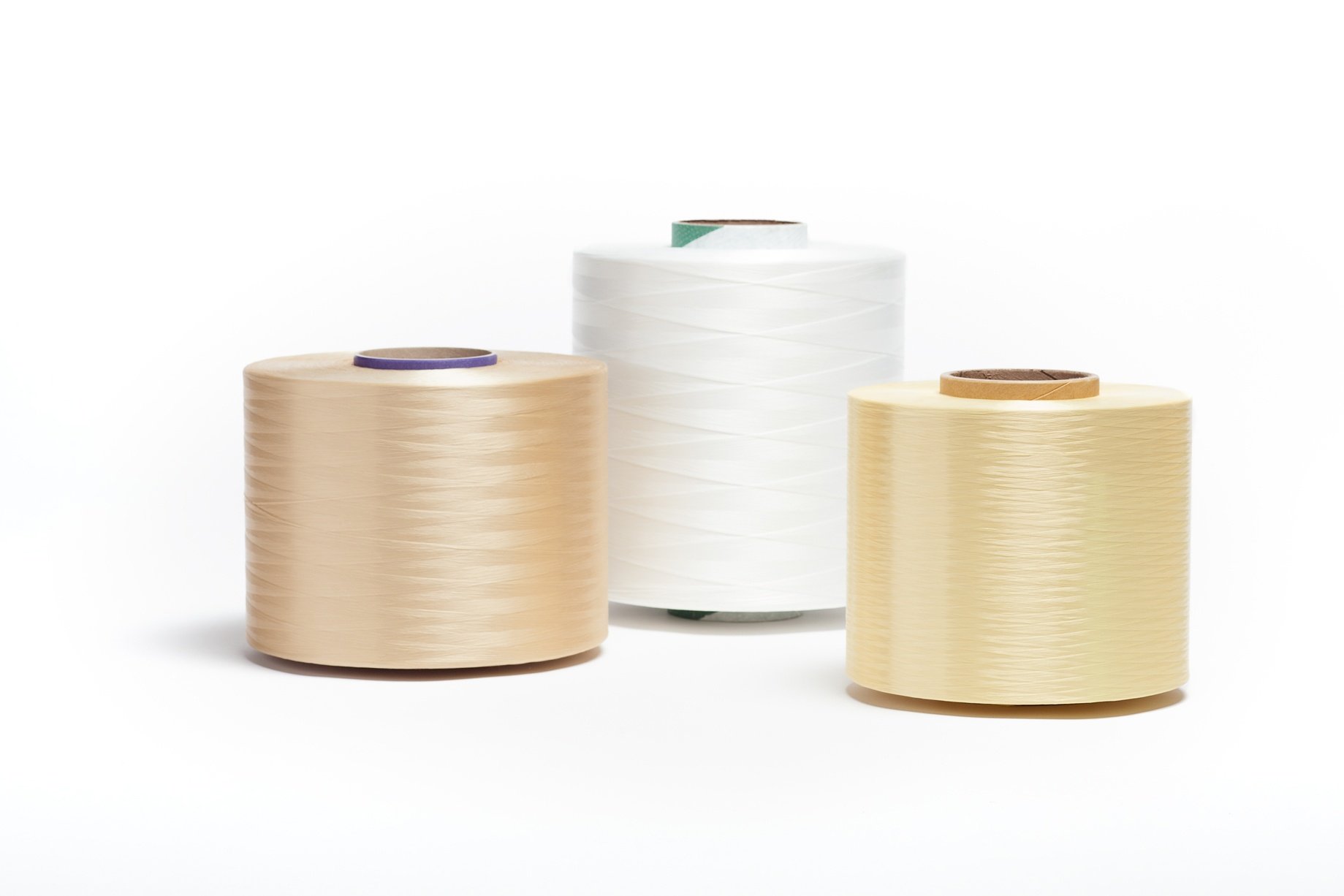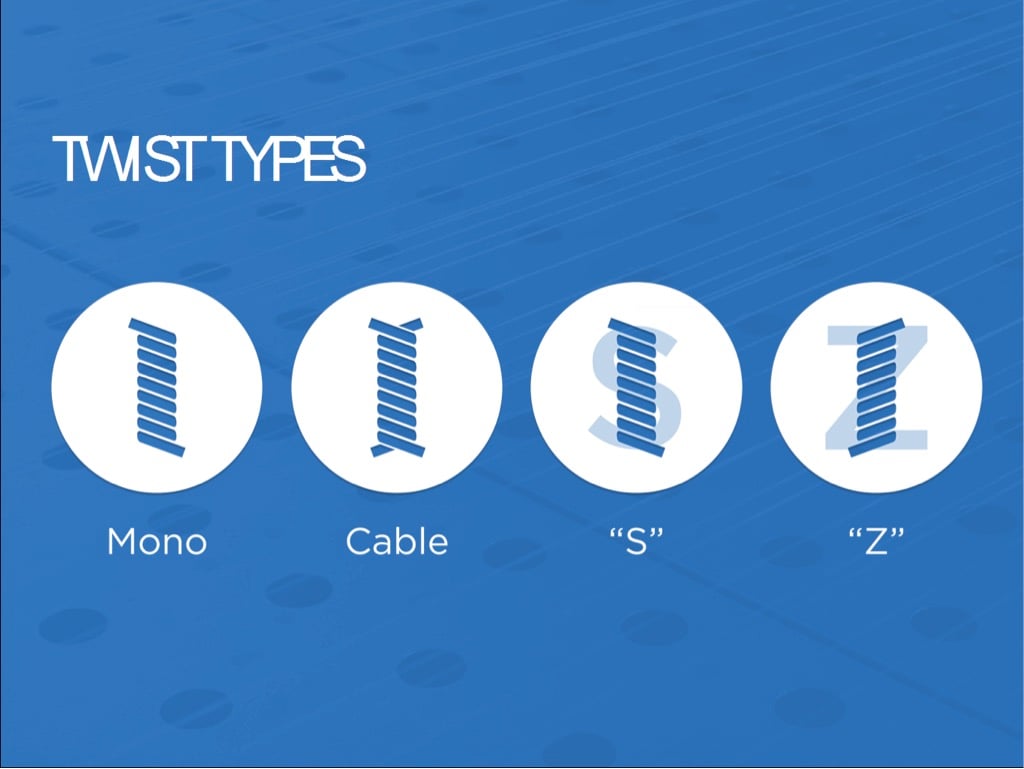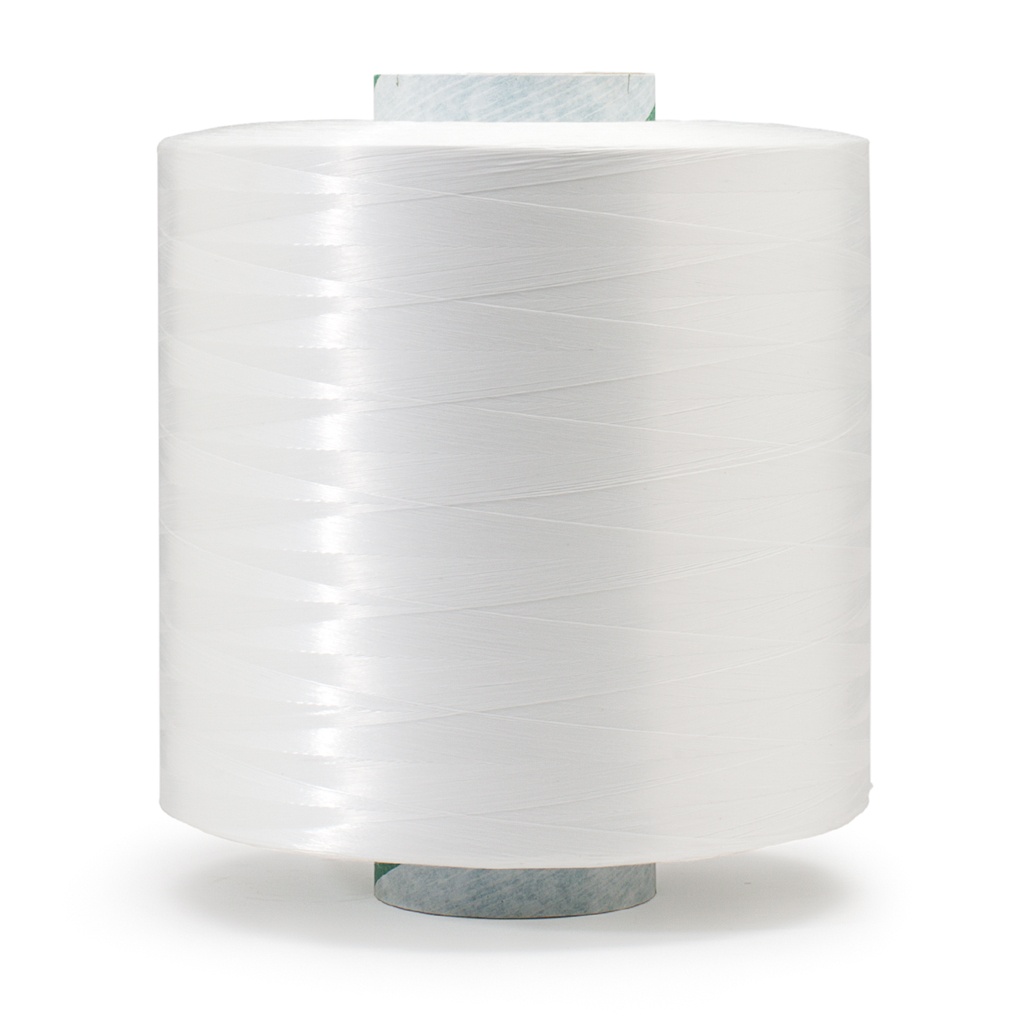Ripcords are industrial yarns located longitudinally just under the jackets that cover conductor wires in cables.
The purpose of a ripcord is to cut back the jacket to expose the wires of the cable so you don't run the risk of cutting any of the wires inside (you pull the cord, it cuts the jacket). This helps make splicing cables easier during installations.
Read more

